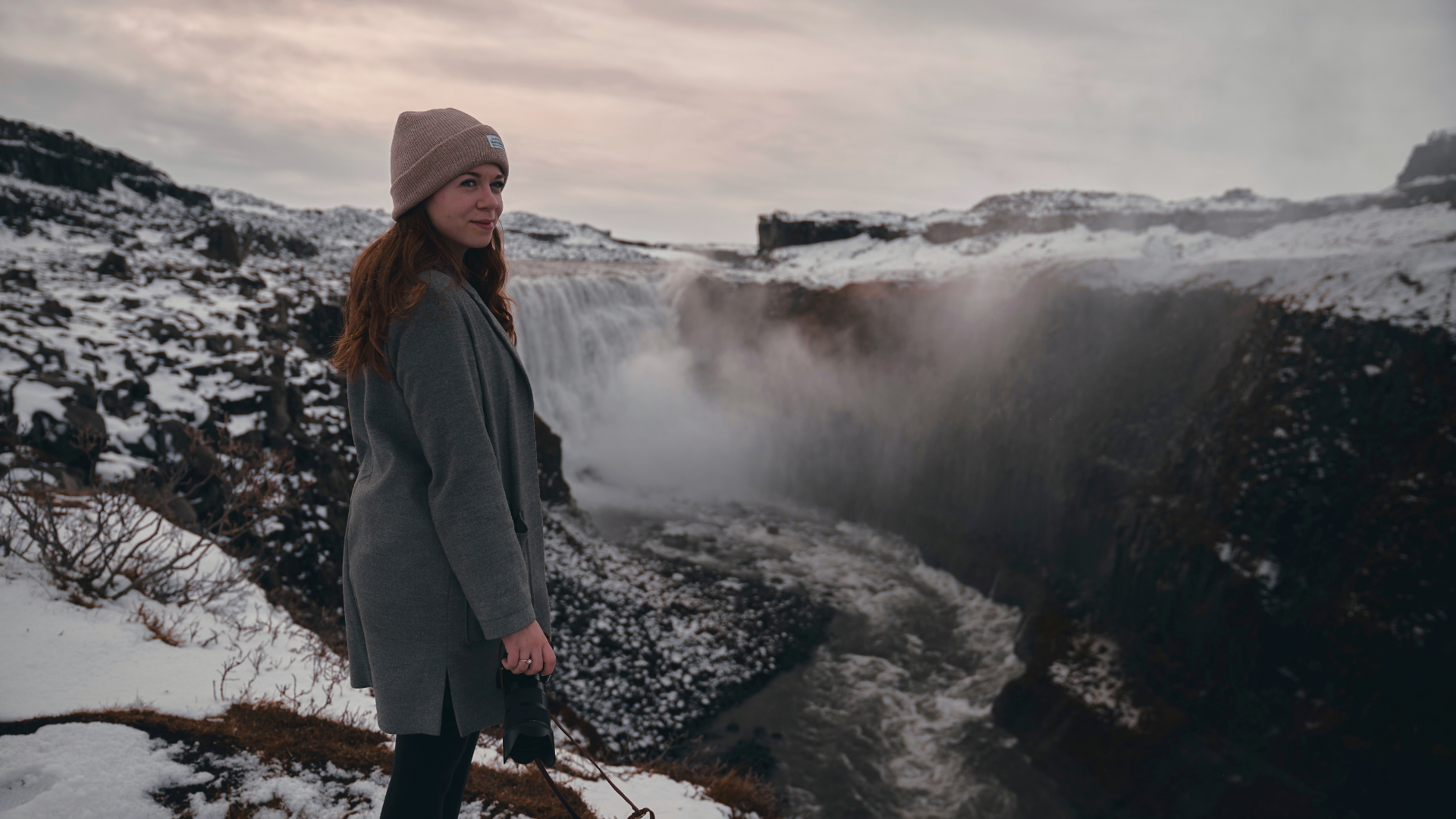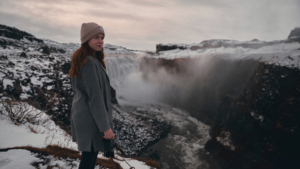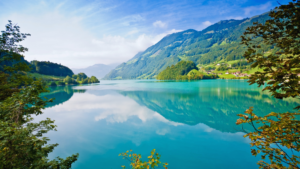
Nature serves as a profound source of inspiration in photography. Photographers often find themselves captivated by the beauty, textures, and ever-changing landscapes that the natural world provides. The unique interplay of light, color, and form in nature allows artists to express emotions and tell stories through their images.
As they explore forests, mountains, and oceans, photographers discover endless subjects that challenge their creativity. Each season brings distinct changes, offering new opportunities for capturing stunning shots that resonate with viewers. Engaging with nature not only enhances technical skills but also encourages a deeper connection to the environment, fostering an appreciation for its beauty.
The impact of nature on photography extends beyond aesthetics; it can also ignite a sense of purpose in the photographer’s work. They often aim to raise awareness about environmental issues through their art, making a statement that is both visually appealing and thought-provoking. By harnessing the power of nature, photographers can transform fleeting moments into lasting impressions.
Nature as an Inexhaustible Source of Inspiration
Nature’s intricate beauty serves as a continual muse for photographers. Its landscapes offer an array of colors, textures, and forms that inspire creativity and evoke emotion. This section explores how the aesthetic appeal of natural settings and their impact on photographic art contribute to this endless source of inspiration.
The Aesthetic Appeal of Natural Landscapes
Natural landscapes provide a breathtaking canvas for photography. From sweeping vistas of mountains to serene beaches, each environment possesses unique characteristics.
Key elements of attractiveness include:
- Color variation: The diverse hues found in various seasons enhance the visual impact.
- Textures: Rocks, water, and foliage contribute to dynamic compositions.
- Light changes: The interplay of natural light creates stunning effects during sunrise and sunset.
These factors create scenes that resonate deeply, often symbolizing tranquility and harmony. Many photographers aim to capture these elements, highlighting the inherent beauty of nature.
Influence of Nature on Photographic Art
Nature has greatly influenced the evolution of photographic art. Its patterns and principles inform photographers’ compositions and techniques.
Photographers often draw inspiration from:
- Natural symmetry: Leaves, flowers, and landscapes can embody balance and order.
- Emotional resonance: Images of pristine environments evoke feelings of peace and introspection.
- Storytelling: Nature can illustrate ecological stories, raising awareness about environmental issues.
Through their work, photographers communicate themes of beauty and decay, inviting viewers to appreciate and protect the natural world. The enduring power of nature continually fuels artistic exploration, ensuring its place as a vital source of inspiration.
Technical Aspects of Capturing Nature’s Essence
To effectively capture the essence of nature in photography, one must focus on mastering light, contrast, clarity, and saturation. These technical elements play a crucial role in translating the beauty of natural landscapes into compelling images.
Mastering Light and Contrast in Nature Photography
Light significantly impacts how a photograph’s mood and structure resonate with viewers. Photographers should consider the golden hours—shortly after sunrise and before sunset—when the light is soft and warm. This quality of light enhances textures and colors while creating striking contrasts.
Utilizing contrast effectively helps define elements within the composition. High contrast can emphasize dramatic features like mountains against a bright sky or shadows that add depth. On the other hand, low contrast may suit softer, misty scenes where subtle transitions are desired.
Selecting the right exposure settings is essential. A well-exposed photograph should maintain detail in both shadows and highlights. To achieve this, it may be necessary to utilize techniques such as bracketing or HDR (High Dynamic Range).
Achieving Clarity and Saturation in Landscape Photos
Clarity refers to the sharpness and detail of an image. Achieving high clarity often requires using a tripod to prevent movement during long exposures and ensuring a steady hand for shorter ones. Additionally, selecting an appropriate aperture, typically between f/8 and f/16, aids in obtaining sharper images across the depth of field.
Saturation involves enhancing color intensity, bringing vibrancy to the image. While some saturation can make colors pop, overdoing it can lead to unnatural results. Techniques such as selective color adjustments can improve saturation in specific areas without compromising the photograph’s authenticity.
Understanding the effects of polarizing filters can also enhance both clarity and saturation. These filters reduce glare from water and wet surfaces, making colors appear more vivid while maintaining sharpness in the scene.
Exploring and Conserving the Wonders of the Earth
Nature photography not only captures the beauty of undiscovered landscapes but also highlights the importance of conservation. Through their lenses, photographers can bring attention to untouched areas, showcasing the need for ongoing preservation efforts. Engaging with nature allows for a deeper connection and awareness of the Earth’s fragile ecosystems.
Travel Photography: Finding the Untouched and the Unexplored
Travel photography serves as a gateway to discovering less-visited locations. From the majestic cliffs of Yosemite to hidden waterfalls, photographers can uncover serene spots that remain relatively untouched.
Focus on landscapes that evoke peace and simplicity. This can include photographing serene lakes, dense forests, or breathtaking mountain ranges. Each click of the shutter tells a story of the Earth’s beauty and the need to maintain it.
By prioritizing unspoiled environments, photographers contribute to the narrative that encourages exploration without exploitation. They inspire others to appreciate and respect the wonders of nature through their visual storytelling.
Nature Conservation Through the Photographic Lens
The role of photographers extends beyond aesthetic representation. Many utilize their craft to advocate for nature conservation. By documenting the effects of climate change and habitat destruction, they create urgency around environmental issues.
Images of endangered species, polluted landscapes, or landscapes at risk due to human activity can evoke strong emotional responses. Through exhibitions and social media platforms, these visuals raise awareness and promote action.
Collaborations between photographers and conservation organizations can lead to impactful campaigns. These initiatives emphasize a clean and calm Earth, urging viewers to engage in conservation efforts actively. Each photograph fosters a sense of responsibility toward protecting the planet’s wonders.










